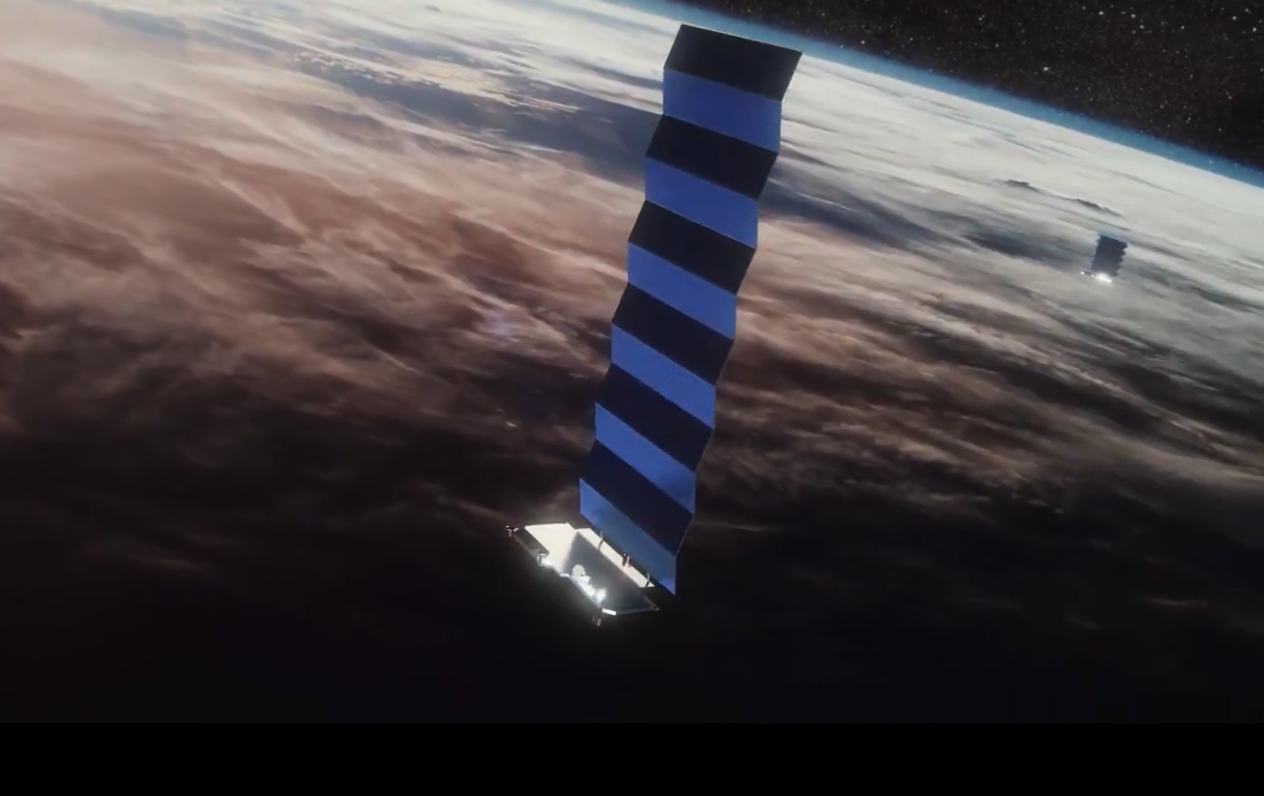Main Highlights:
- According to The Verge, SpaceX has unveiled a new tier for its Starlink satellite internet service that boosts performance but comes at a price that may make your eyes water.
- Starlink Premium offers download speeds of up to 500Mbps with a latency of 20–40 milliseconds, increasing the previous 50–250Mbps with the same latency.
- According to SpaceX, the new service would work better in inclement weather and give priority help 24 hours a day.
- SpaceX stated in October that Starlink would be phased out of beta and recently demonstrated a modified rectangle satellite dish that is far smaller and lighter than the original spherical dish.
- Starlink had launched nearly 2,000 satellites as of mid-January, with around 1,500 in operational orbit.
- Orders for the Premium tier are already being accepted, with delivery beginning in Q2 2022.
According to reports, SpaceX has unveiled a new tier for its Starlink satellite internet service that offers increased performance but at a price that may make your eyes swim. Starlink Premium offers rates of up to 500Mbps with a latency of 20 to 40 milliseconds, up from 50 to 250Mbps with the same latency. Upload speeds have been increased from 10 to 20Mbps on the basic plan to 20 to 40Mbps on the Premium plan.
However, for a roughly doubled performance bump, you’ll pay five times as much. Starlink Premium will cost $500 per month compared to the ordinary plan’s $99 per month. Additionally, you’ll spend $2,500 for the antenna and associated gear, up from $499 for the standard procedure, and a $500 deposit is required to reserve the Premium dish.
SpaceX stated that the new service would perform better in adverse weather situations and provide clients with priority assistance 24 hours a day. It’s likely to be the only choice for high-speed internet in many isolated locations, where the additional weatherproofing will come in useful. According to a website update, the service will have “more than double the antenna capability” of Starlink’s normal service.
The “high-performance antenna” was updated via Twitter by the millionaire tech entrepreneur. For high-demand users, such as enterprises, the premium service will provide quicker Internet speeds with a larger antenna and higher throughput.
SpaceX announced last October that Starlink would exit beta and recently showed a redesigned rectangular satellite dish that is far smaller and lighter than the original spherical dish. The new Premium antenna appears to be bigger, and SpaceX claims it “assists in ensuring bandwidth for vital activities even during periods of peak network traffic.”
As of mid-January, Starlink had launched over 2,000 satellites, with approximately 1,500 in operational orbit. The existing system is permitted for up to 4,408 satellites, about treble the number now in operation. Orders for the Premium tier are currently available, with deliveries scheduled to begin in Q2 2022.

How to subscribe to Elon Musk’s Starlink satellite internet service?
Starlink, Elon Musk’s aerospace business SpaceX’s satellite internet service, is now in beta testing. However, specific consumers may preorder the internet service, which intends to deliver “global high-speed, low-latency broadband internet.”
To register, follow these steps:
- Visit the Starlink website.
- Enter your email address and postal code to determine your service region.
- Determine when Starlink anticipates providing service to your location.
- Pay a $99 deposit up the advance, which will be applied toward the $99 monthly charge, the $499 hardware purchase, and shipment.
The site expressly states that there are a limited number of spaces available and that preorders will be completed on a “first-come, first-served basis.”
The $99 deposit payment guarantees clients a “priority place” in the line for Starlink services available in their location, and the cash will be put against an eventual purchase. According to the presale terms and conditions, Starlink cannot promise when or whether service will be available, stating that “service delivery is contingent on several variables, including numerous governmental clearances.”



















